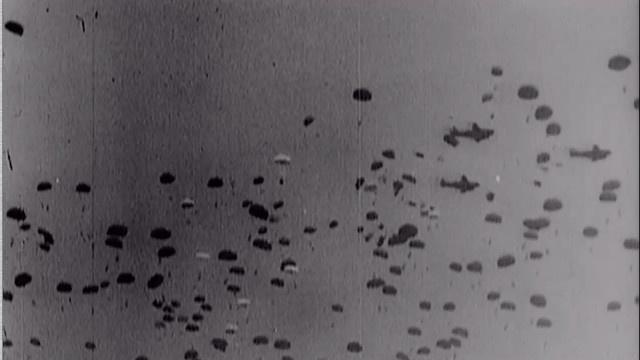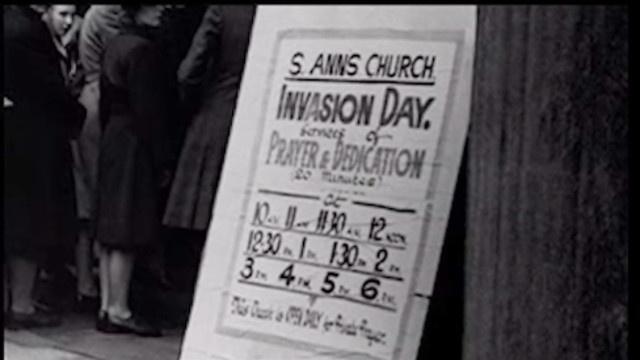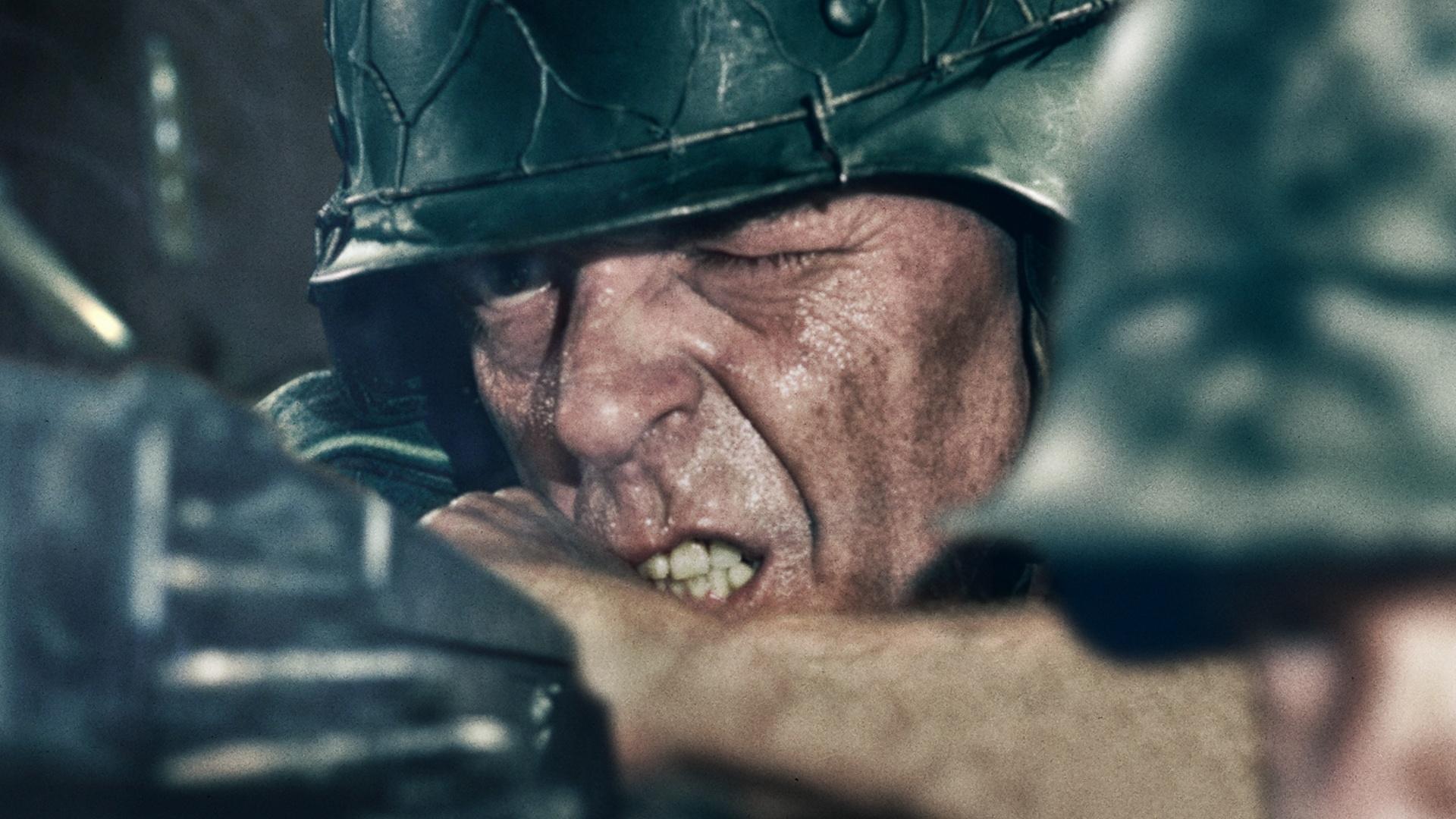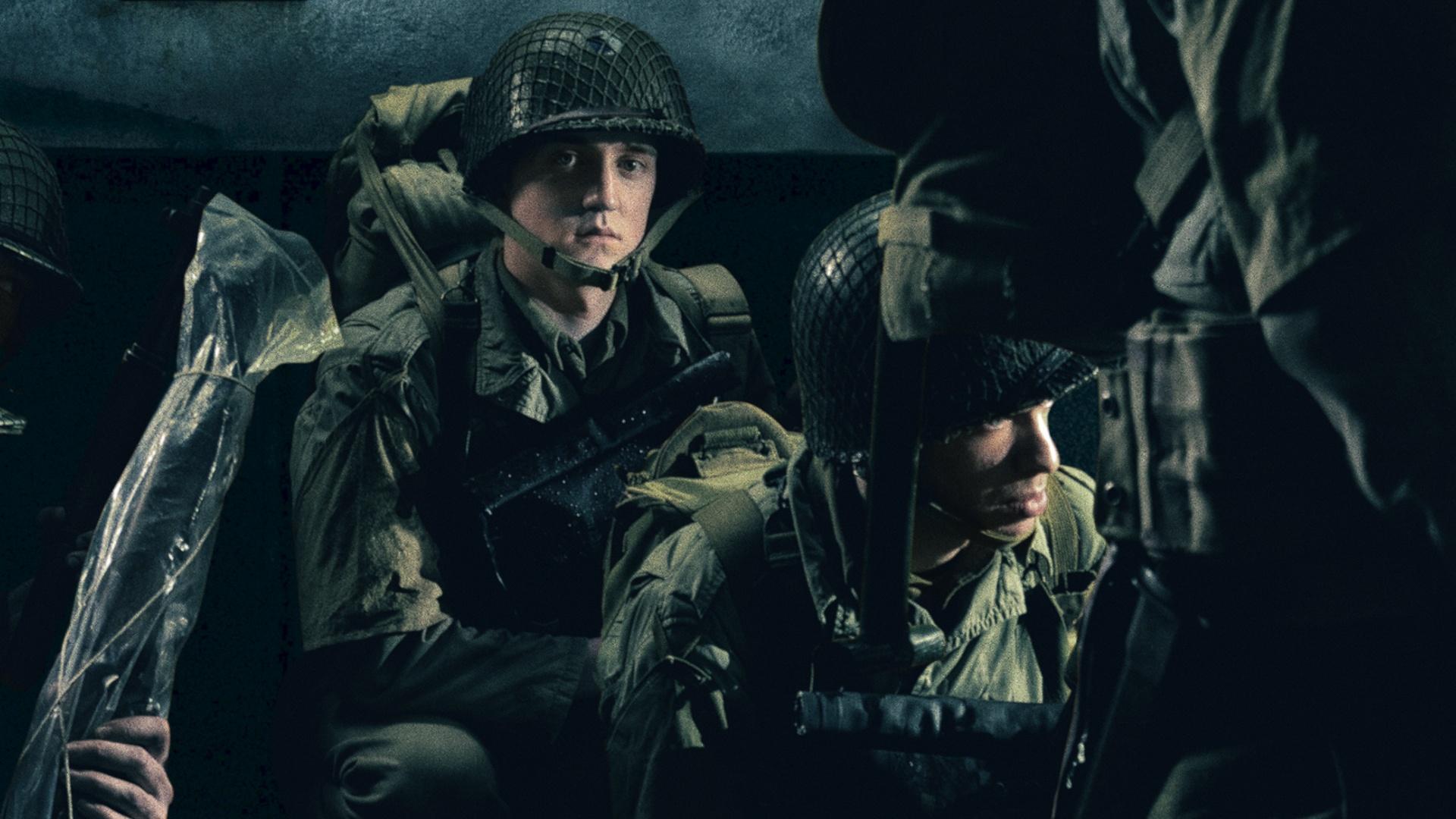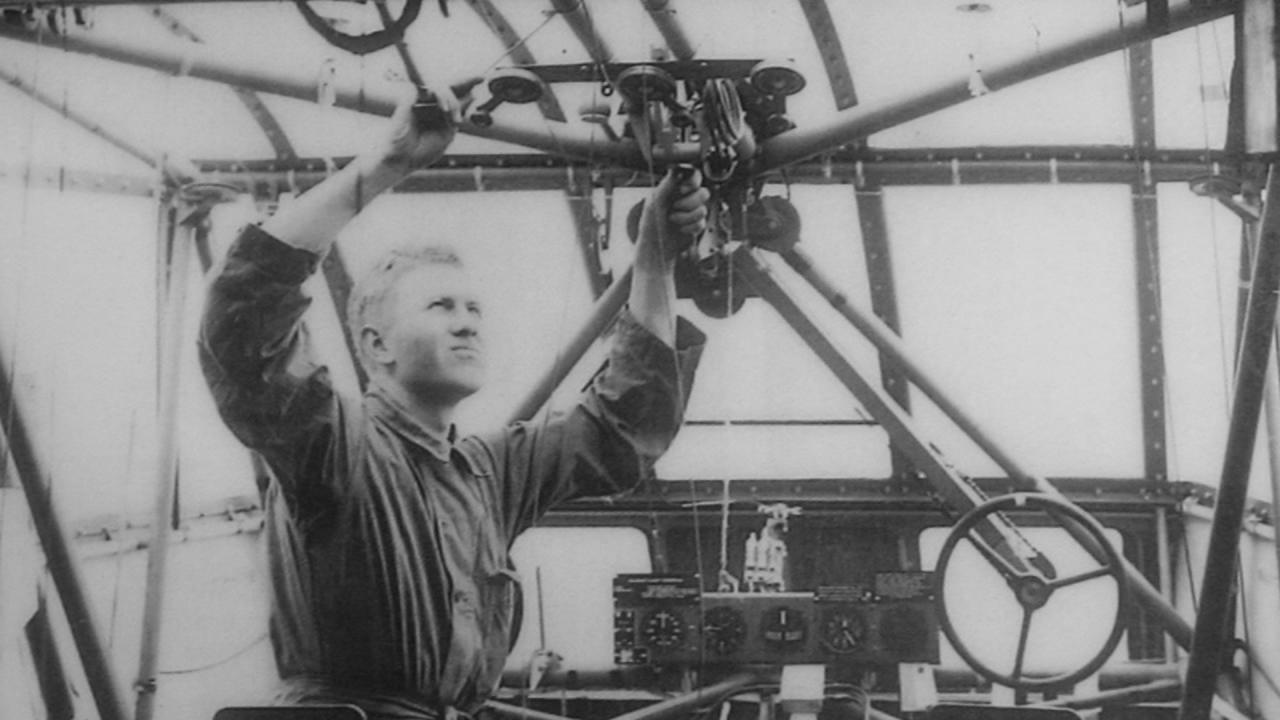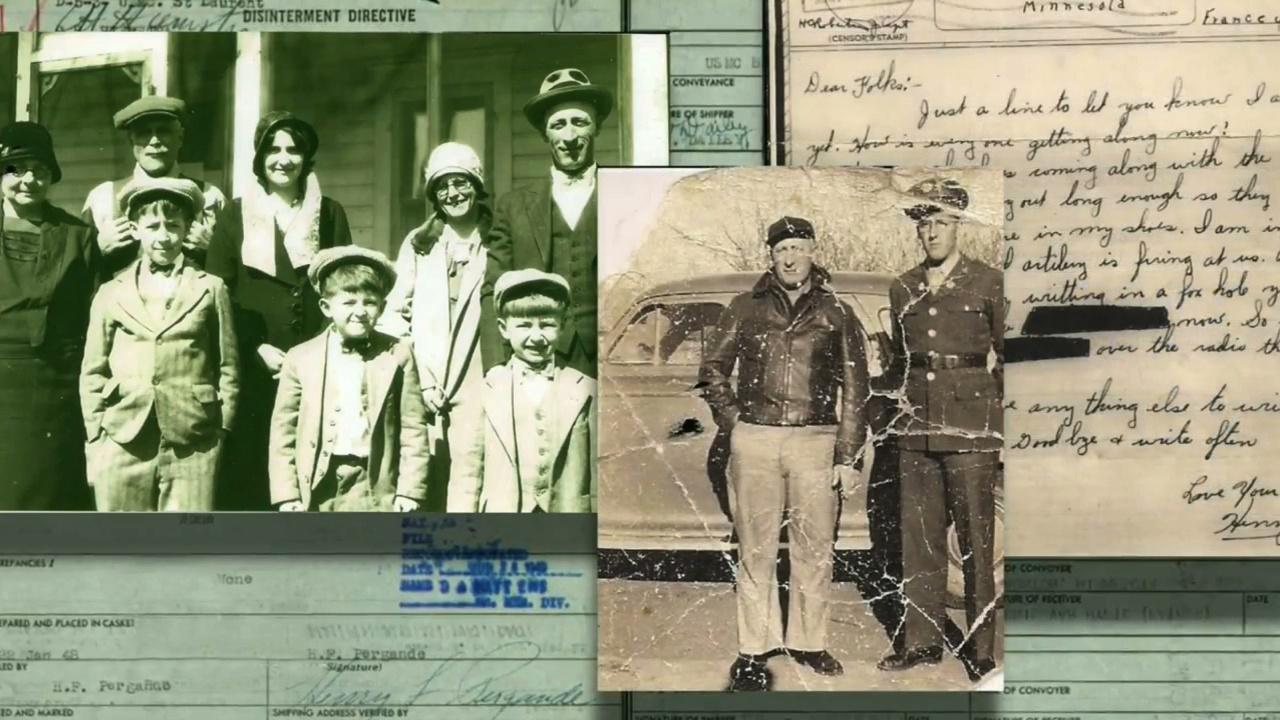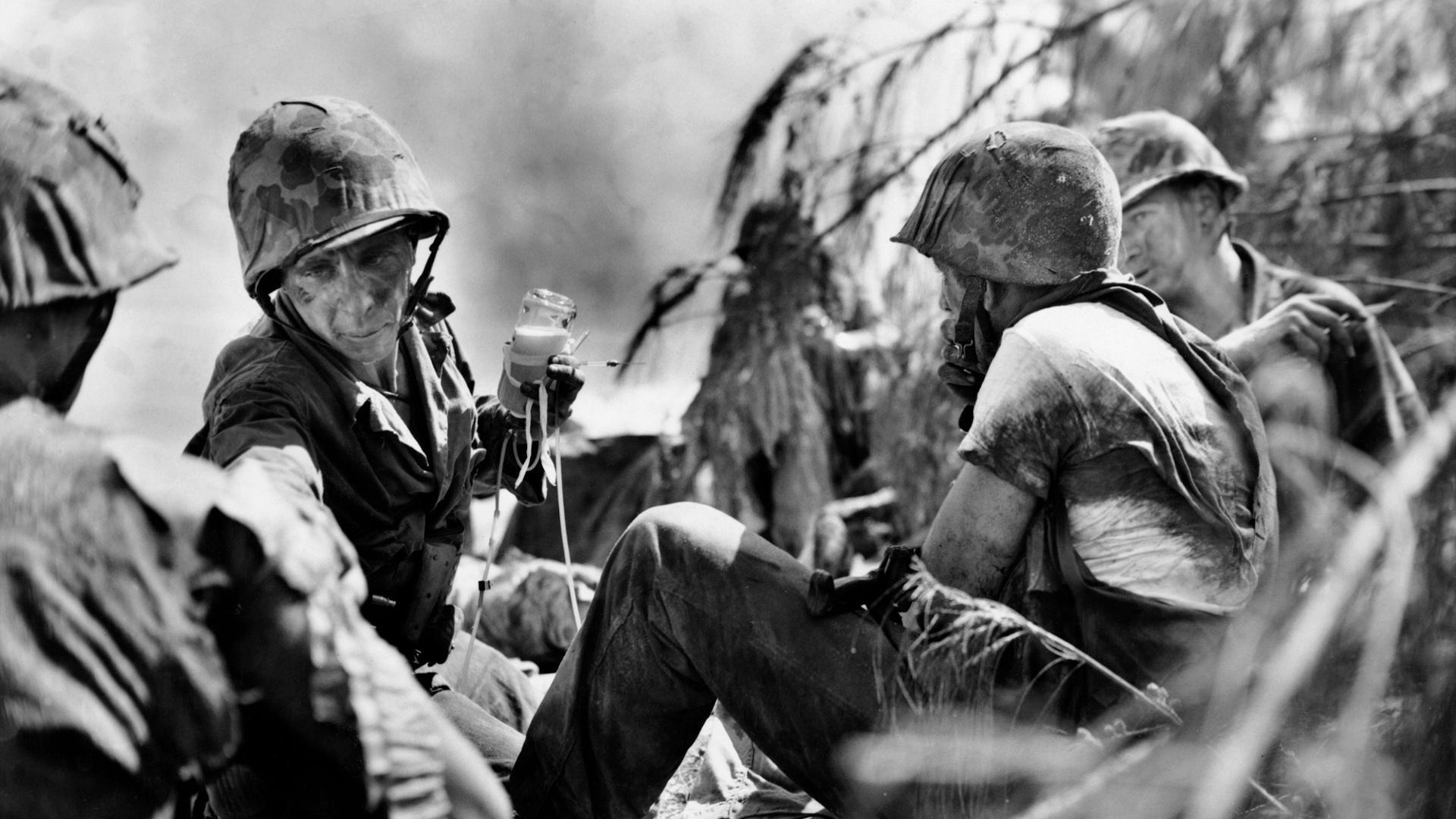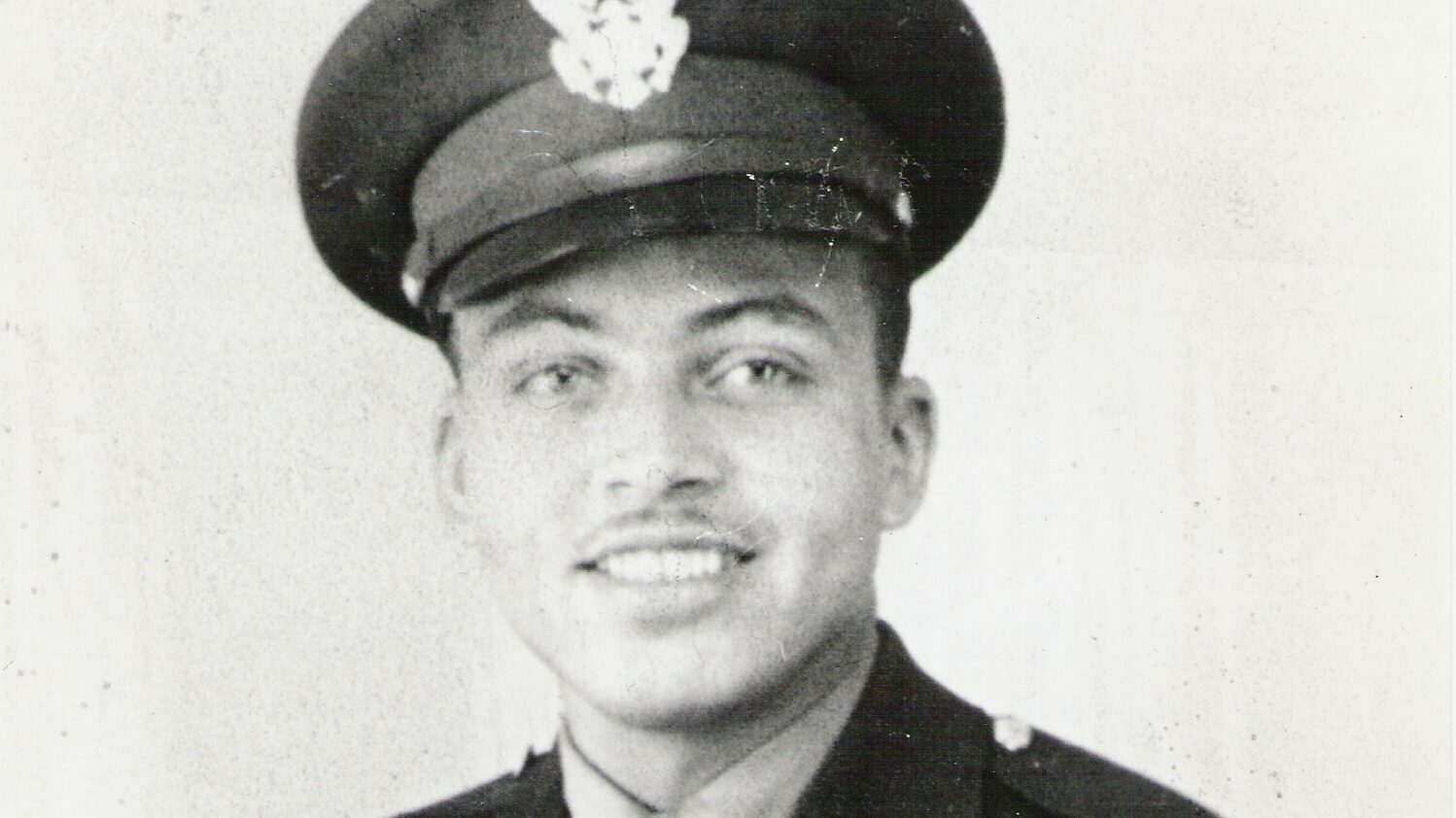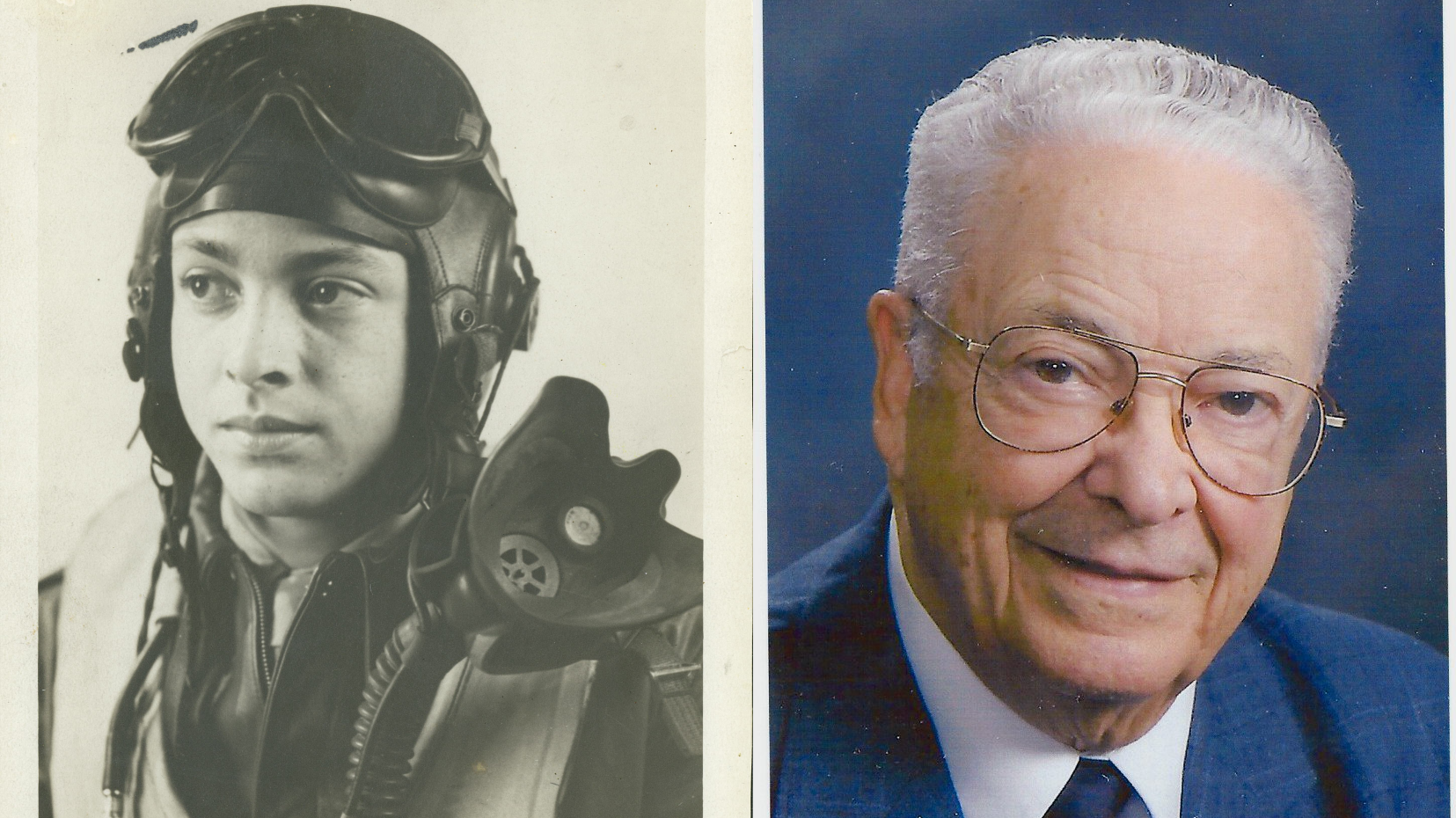Learn About D-Day With PBS
D-Day was a pivotal point in World War II and world history. Despite occurring 80 years ago, it is still the largest seaborne invasion in history and is still being analyzed by historians today. Join us in learning about the risky operation that changed the course of the war and our world forever.
The following documentaries and programs explore various aspects of D-Day from those who lived through it. You will hear from the brave soldiers, sailors, and airmen who participated in the invasion, as well as war correspondents and journalists who documented the events of that fateful day.
Want to learn even more? Check out our list of the best World War II documentaries on PBS here.
The History of D-Day
"D-Day," June 6, 1944, refers to the Allied forces invasion of Normandy, France during World War II. The invasion, which was a part of a larger military campaign codenamed "Operation Overlord," effectively liberated north-west Europe from Nazi Germany's occupation. It is the largest amphibious invasion in military history, as over 160,000 troops, 5,000 ships, and 13,000 aircraft participated.
The events of D-Day required extensive planning to be successful. In July 1943, Lieutenant-General Frederick Morgan submitted plans for an invasion of Europe. However, steps towards Operation Overlord did not begin until after the Tehran Conference ended on December 1, 1943. Then, Dwight D. Eisenhower's command team formed to plan the invasion.
Despite detailed planning, an estimated 9,000 Allied soldiers were killed or wounded during the risky attack, but over 100,000 had made it ashore to defeat Nazi troops. Their brave efforts served as a turning point in the war, as all of northern France was liberated by August 1944, and Germany surrendered in the spring of 1945. Because of this, D-Day is referred to as the "beginning of the end of World War II" by many historians today.
The Meaning of the "D"
The meaning of the "D" in "D-Day" has been questioned since the invasion on June 6, 1944, and is still being debated by historians and scholars today. Some argue that it stands for "decision," as the seaborne operation was meticulously planned to defeat Nazi forces in north-west Europe. Others say it stands for "disembarkation" or "departed," regarding the tens of thousands of ships and planes that traveled to the beaches of Normandy, France, that fateful day.
However, the history documentary series American Experience reasons that the meaning could be much simpler. They said:
The Army began using the codes "H-hour" and "D-day" during World War I to indicate the time or date of an operation's start. Military planners would write of events planned to occur on "H-hour" or "D-day" — long before the actual dates and times of the operations would be known, or in order to keep plans secret. And so the "D" may simply refer to the "day" of invasion.
Day of Days: June 6, 1944
On June 6, 1944, thousands of Allied servicemen landed on the shores of northern France, tasked with liberating western Europe from Nazi tyranny. To commemorate the 70th anniversary of the Normandy landing, four D-Day veterans gather at the famed Museum of World War II outside of Boston, Mass. to share their experiences from that fateful Day of Days.
Stream the full documentary on PBS Passport.
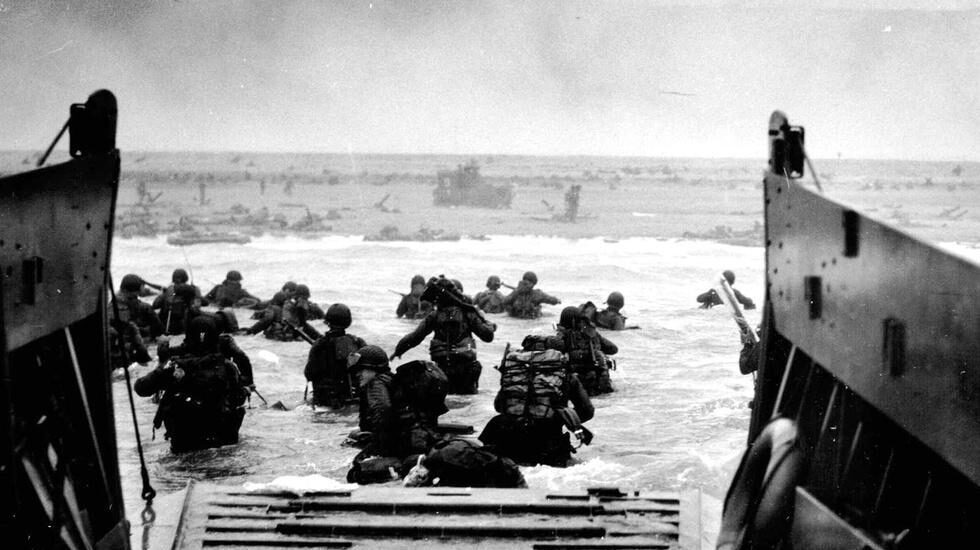
Pride of our Nation
Pride of our Nation is an episode in The War, a documentary directed and produced by Ken Burns and Lynn Novick. On June 6, 1944, D-Day, 1.5 million Allied troops take part in the greatest invasion in history, but then bog down in Norman hedgerows for weeks. Saipan proves the costliest Pacific battle to date, while back home dreaded telegrams for the War Department begin arriving at an inconceivable rate.
Stream the full episode on PBS Passport or tune into the clips below.
Add to watchlistD-Day at Pointe-Du-Hoc
D-Day at Pointe-Du-Hoc tells the remarkable story of the U.S. Army’s 2nd Ranger battalion. Led by Lt. Col. James Earl Rudder, the soldiers scaled the 100-foot cliffs of Pointe-du-Hoc in Normandy on June 6, 1944. Featuring interviews with surviving veterans from the Pointe-Du-Hoc assault, the film shares an incredible story of adversity and courage from World War II.
Stream the full documentary on PBS Passport.
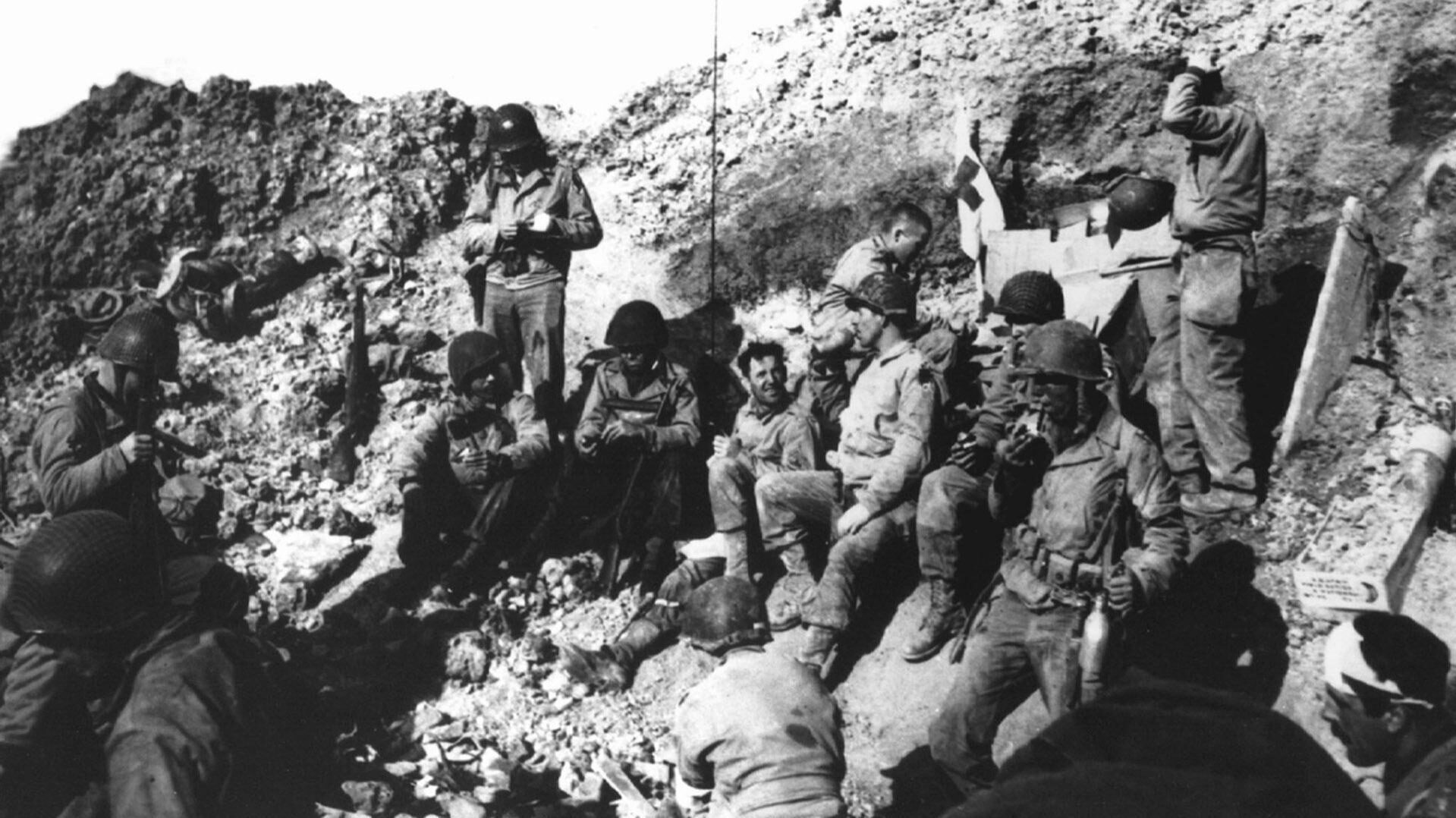
D-Day 360
D-Day was a logistical effort on a scale never seen before or since. On the day itself, 3,000 planes dropped 23,000 airborne troops behind German lines, and 7,000 ships delivered around 20,000 military vehicles and 130,000 soldiers onto the beaches. D-Day 360 takes advantage of LiDAR technology to re-create the landscape and allow viewers to switch effortlessly between the macro and the micro.
Stream the full film on PBS LearningMedia or tune into the previews below.
Add to watchlistD-Day: Over Normandy
Narrated by New England Patriots head coach Bill Belichick, D-Day: Over Normandy focuses on the personal stories of those who served in the Second World War. The modern-day aerial footage is accompanied by interviews with World War II veterans, mixed with archival footage of the June 6, 1944 “D-Day” invasion, along with newly created maps and photo animations.
Stream the full documentary on PBS Passport.
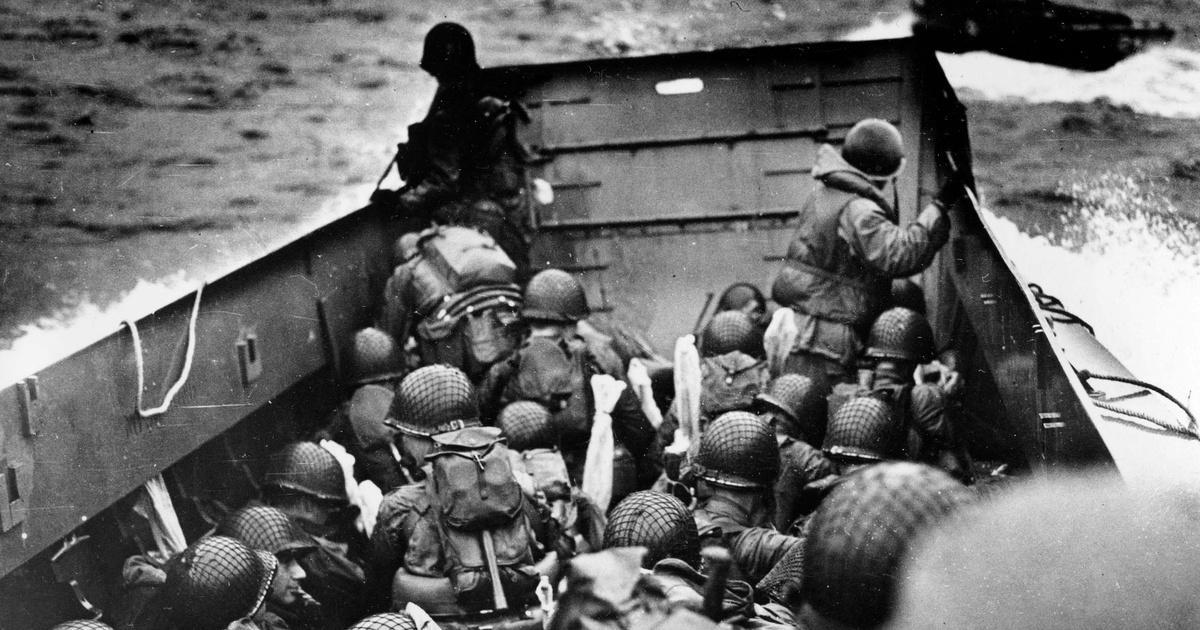
Running Towards the Fire
Running Towards the Fire, a Nebraska Public Media original documentary, highlights the bravery of Omaha-native Robert Reuben. Reuben was 25 years old and witnessing combat for the first time in his life as a Reuters News correspondent during WWII. He parachuted with the U.S. Airborne during the D-Day invasions, and was the first journalist to land in Normandy.
Add to watchlist
D-Day Veteran Stories

The best of PBS, straight to your inbox.
Be the first to know about what to watch, exclusive previews, and updates from PBS.
Support your local PBS station in our mission to inspire, enrich, and educate.

